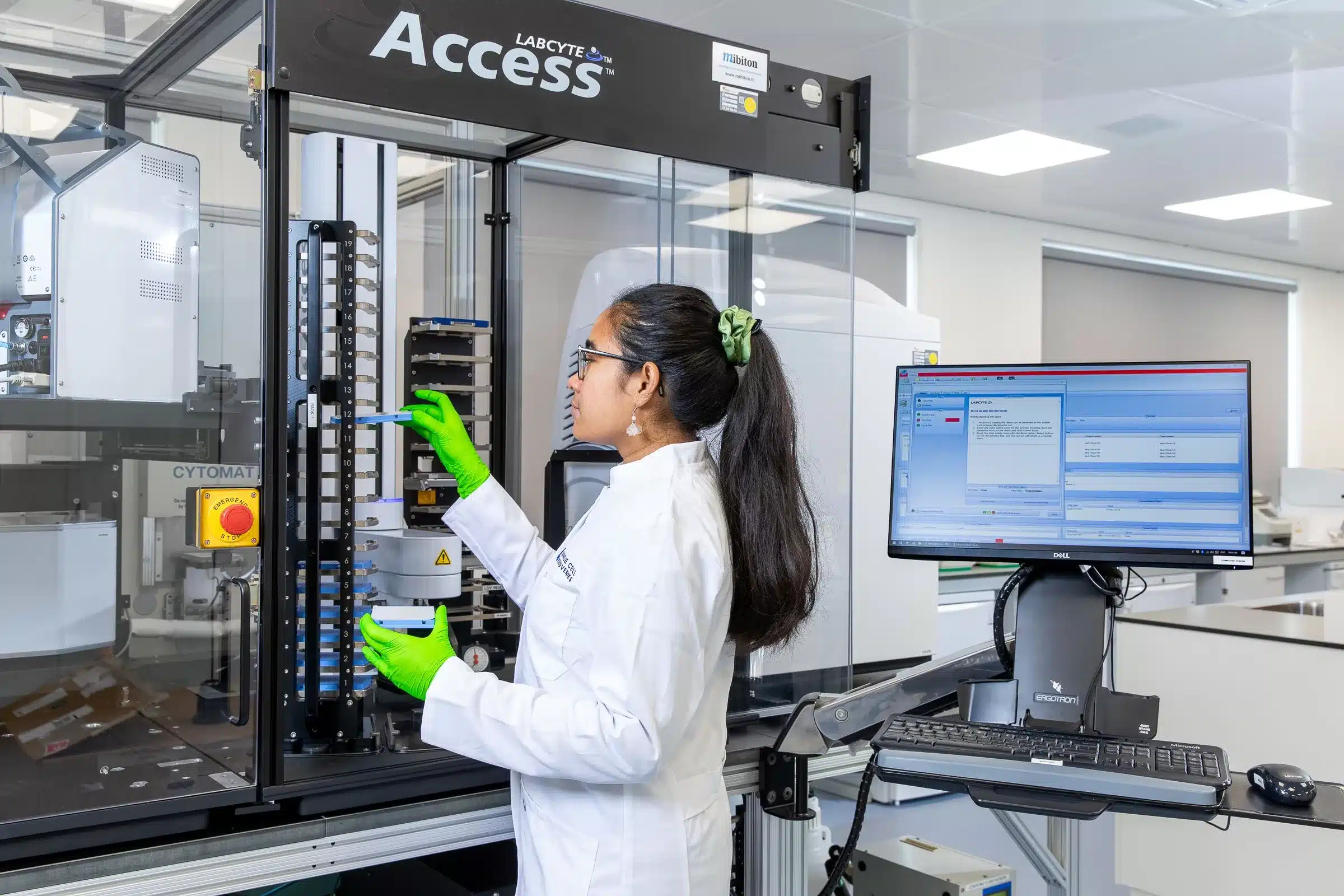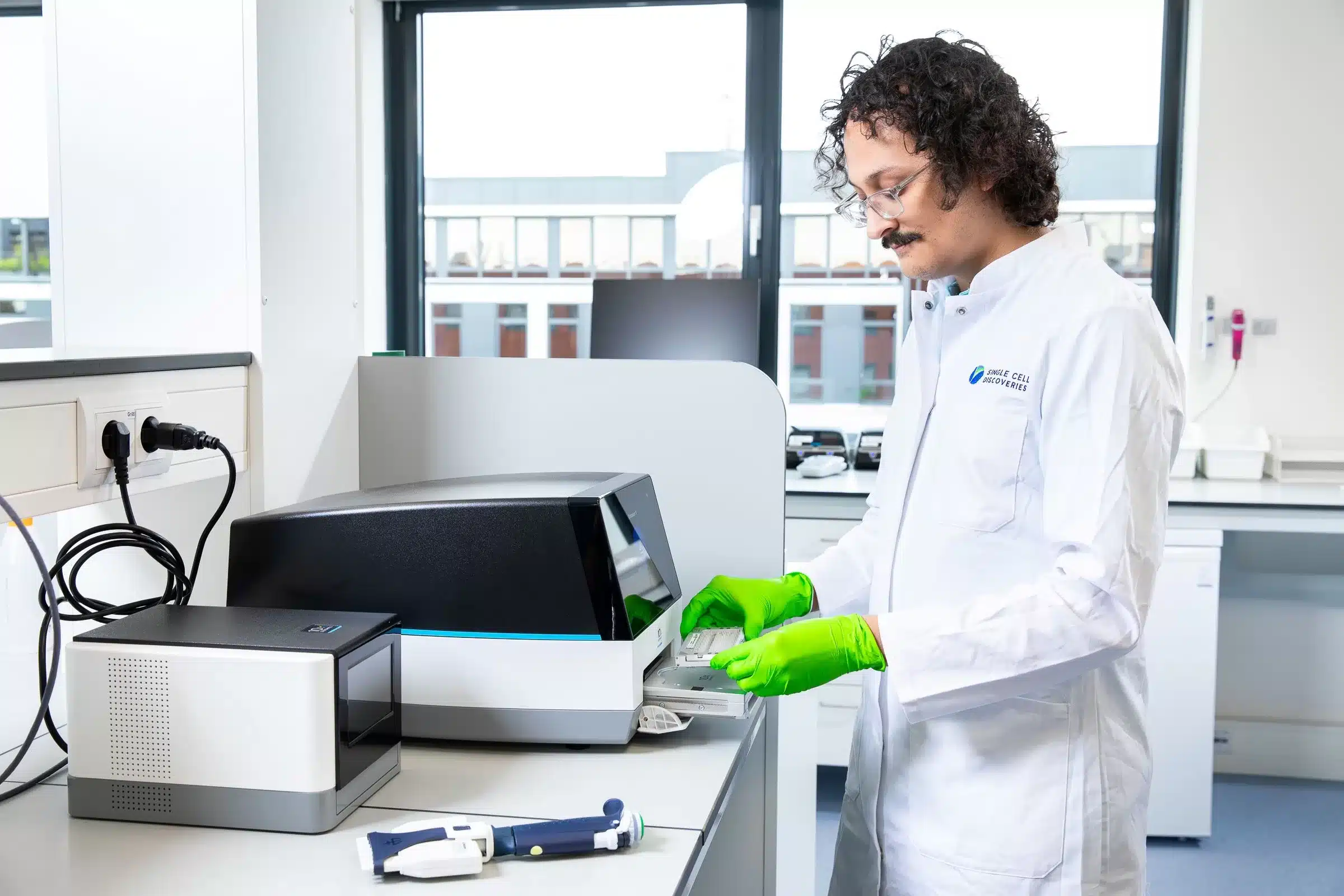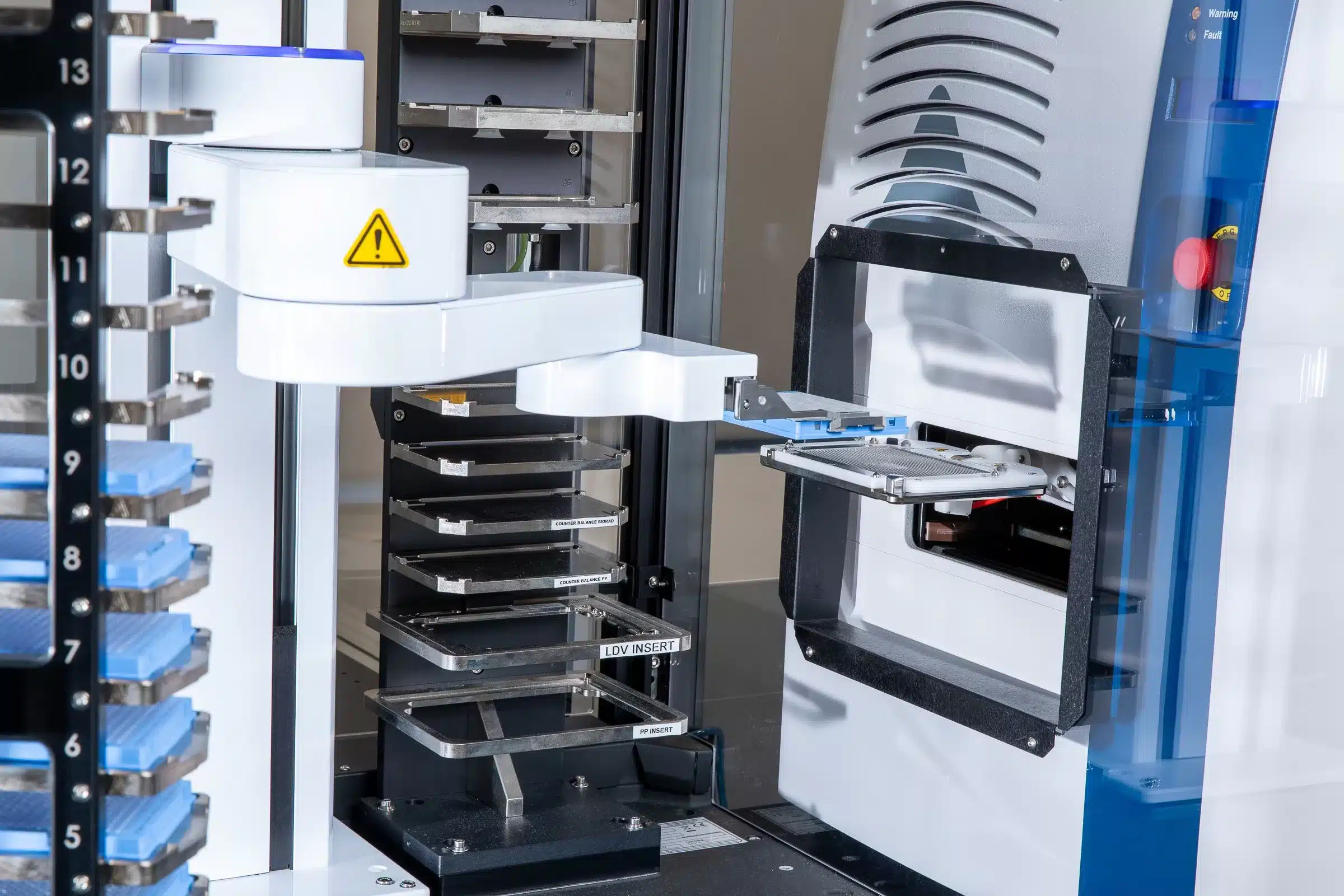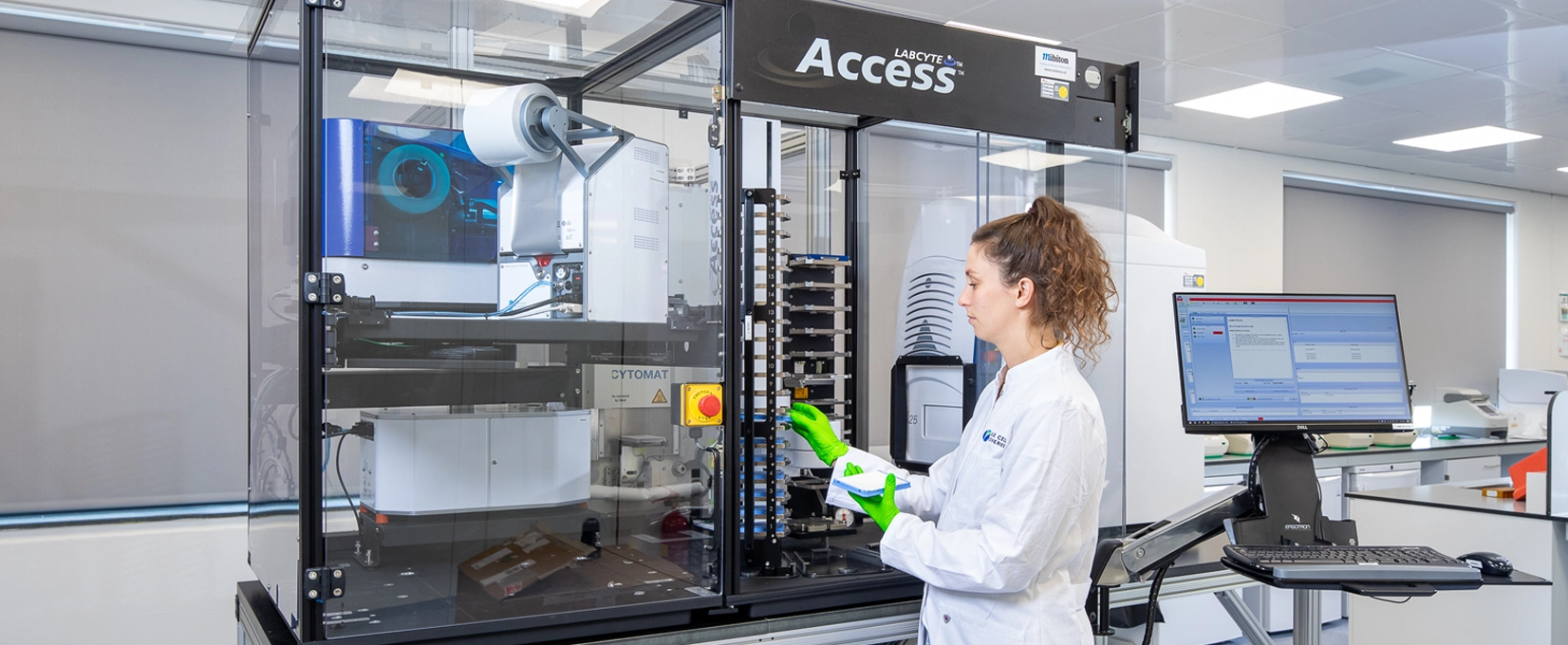Spatial transcriptomics
Transcriptomics
within tissue context
Use spatial transcriptomics to map the whole transcriptome with morphological context.
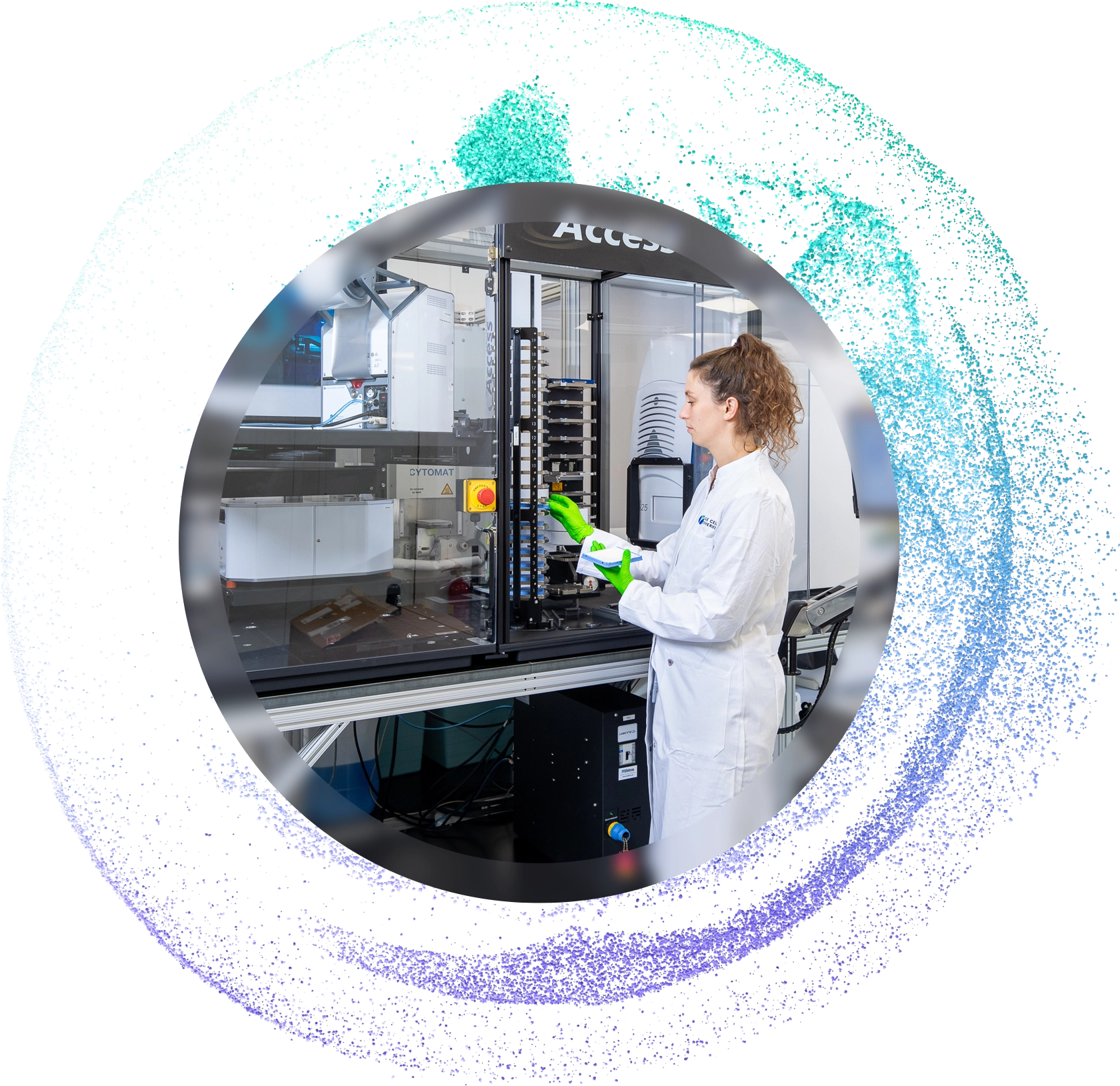
Our move into spatial
We are currently selecting a spatial transcriptomics method to offer as a service. In the meantime, we are starting up pilots with selected customers, testing popular methods such as 10x Genomics Visium and Nanostring. Interested? Please contact us to discuss the current possibilities and to stay up to date with our future spatial services.
Our services
Explore our single-cell and bulk services
Our R&D team is actively developing novel single-cell sequencing and spatial technologies,
multi-omic applications and data analysis.
